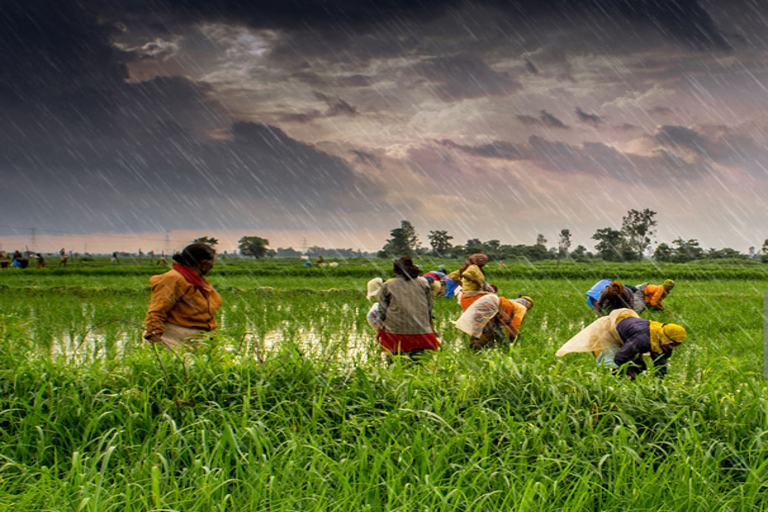Hyderabad: Monsoon 2019 made its debut in Kerala giving farmers the much-needed sigh of relief. Yet, what needs to be worried about is that the monsoon arrived late even as the forecasts suggest that this time there will be normal to below average rainfall.
As per a private weather forecaster Skymet Weather, the pre-monsoon rainfall in the country was the second lowest in 65 years. The three-month pre-monsoon season — March, April and May — ended with a rainfall deficiency of 25 per cent. This is really alarming.
The India Meteorological Department (IMD) has made a forecast of 96 per cent of the Long Period Average (LPA) which falls on the border of normal and below normal rainfall. The LPA of the season rainfall over the country as a whole for the period 1951-2000 is 89 cm.
Monsoon is categorised as below normal if the LPA is between 90-96 per cent and classified as deficient. Anything above 110 per cent of the LPA is classified as excess.
Read more:Robot baristas replacing human servers
The monsoon rains nurture India’s kharif crops, which are seeded in June and July and include mainly cereals – rice, wheat, barley, cotton, sugarcane and a variety of pulses.
Pre-monsoon rainfall colloquially referred to as "mango showers", is vital to many parts of the country. In states like Odisha, ploughing is done in the pre-monsoon season and in parts of northeast India and the Western Ghats, it is critical for plantation of crops.
In forested regions of the Himalayas, pre-monsoon rainfall is necessary for apple plantation. Due to moisture, the pre-monsoon rainfall also helps in minimising forest fires.
As this year pre-monsoon was low, farmers faced issues for the plantation of crops. Now the normal or below average monsoon can further hurt the agricultural production.
Rainfall deficiency will affect the agricultural output and will ultimately lead to a rapid fall in crop prices, weighed down by the all India supply glut and thus reducing farmer income. In fact, the deficient rainfall will also cause low growth of textile and food processing industries.
In FY 2017-18 and 2018-19, agriculture grew at an average 4.7% or twice as fast as the preceding three years. This helped in having low food prices and consequently, overall inflation also.
However, in this fiscal, experts predict that the consumers will have to pay more for food items due to an impending shortfall in the rainfall.



